Real-time phylogenetic analysis of emerging pathogens
Richard Neher
Biozentrum, University of Basel
slides at neherlab.org/201810_ICCM.html
Human seasonal influenza viruses
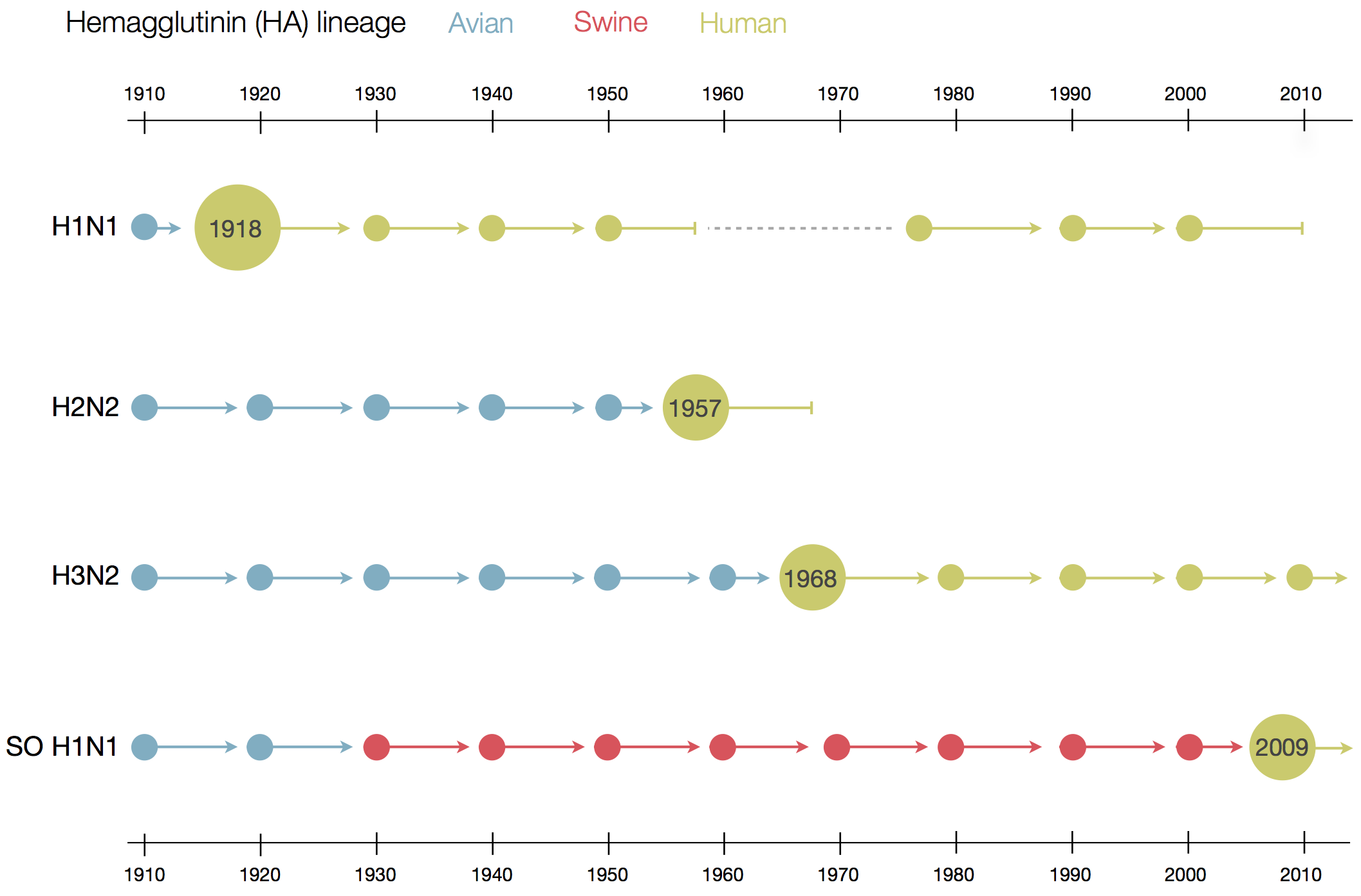
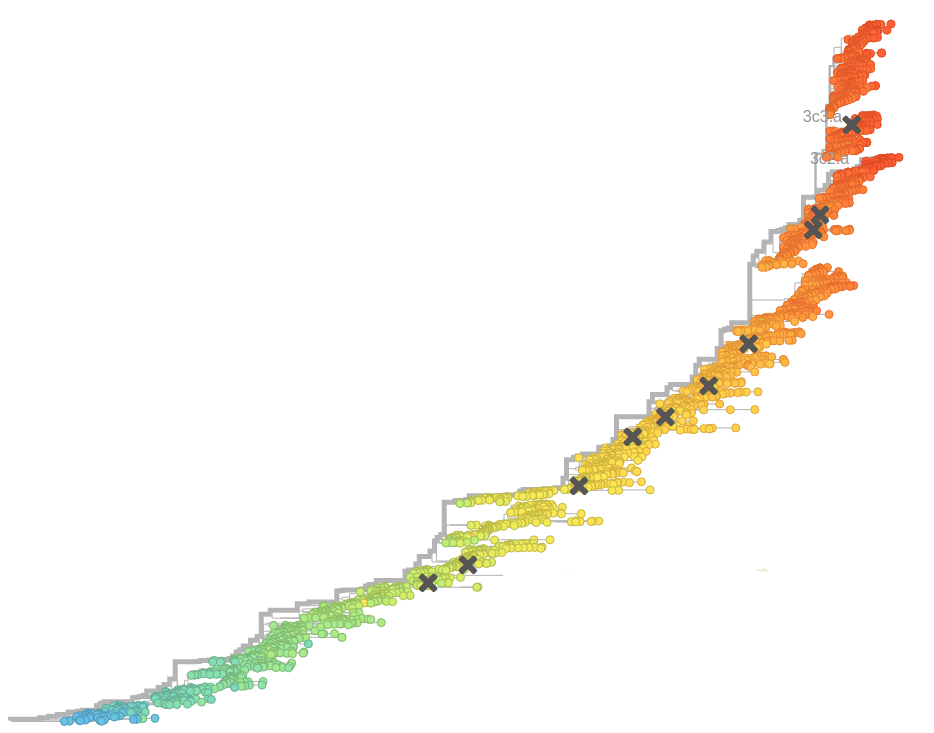
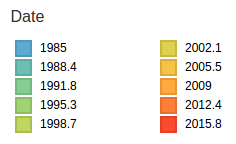
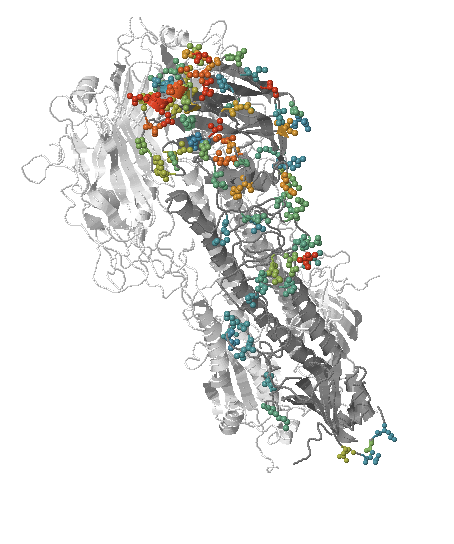
- Influenza viruses evolve to avoid human immunity
- Vaccines need frequent updates

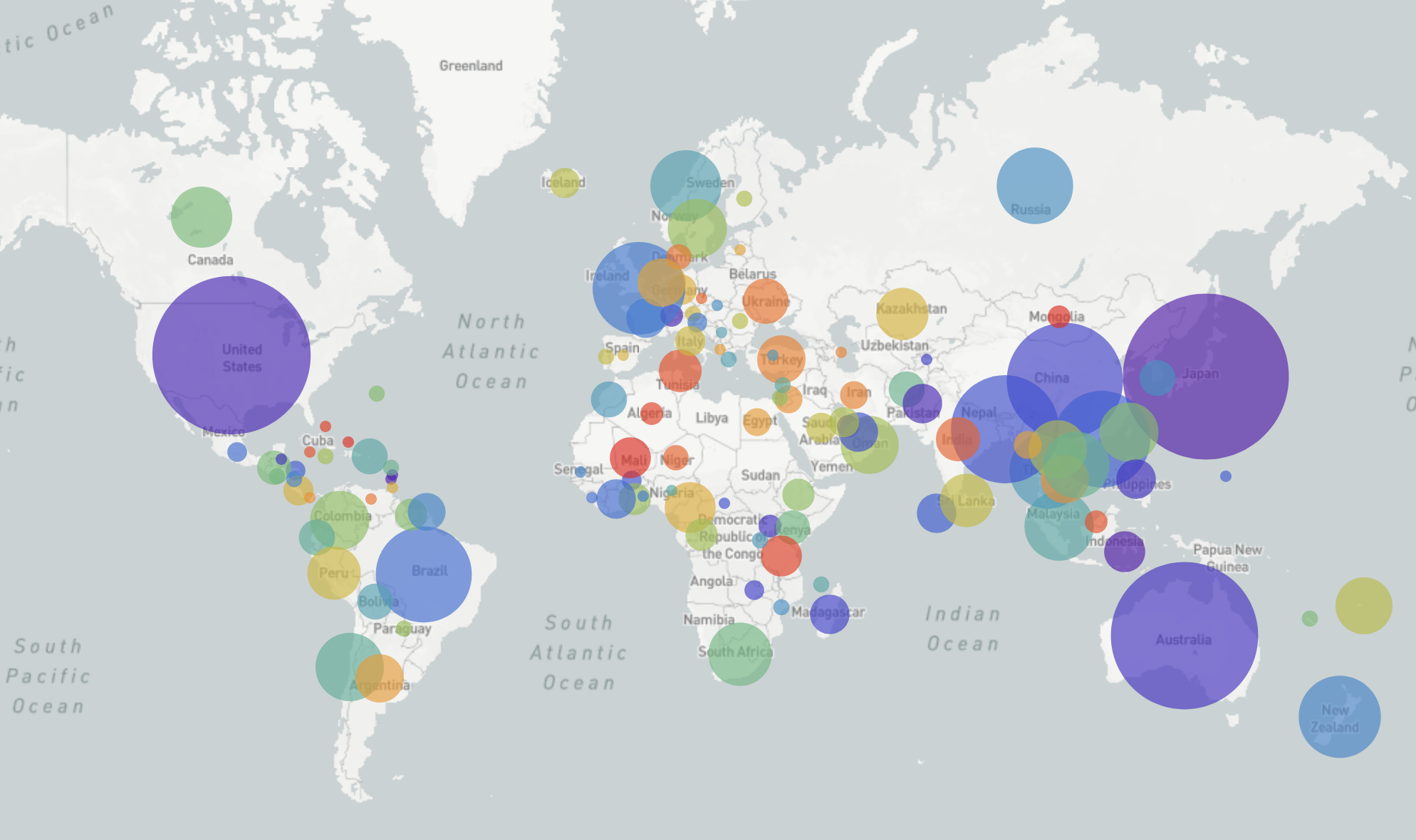
GISRS and GISAID -- Influenza virus surveillance
- comprehensive coverage of the world
- timely sharing of data -- often within 2-3weeks of sampling
- hundreds of sequences per week (in peak months)
→ requires continuous analysis and easy dissemination
→ interpretable and intuitive visualization
nextflu.org
joint work with Trevor Bedford & his lab
nextstrain.org
joint project with Trevor Bedford & his lab
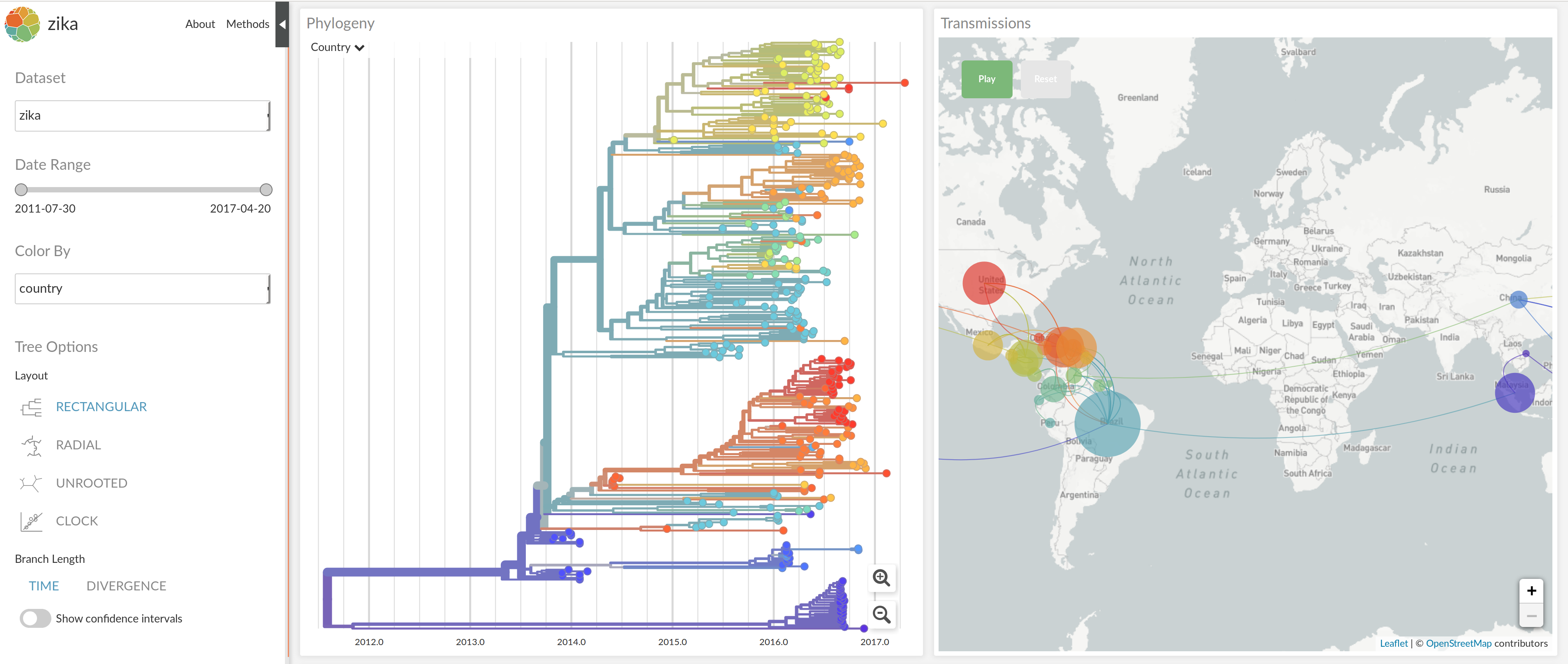
Using nextstrain -- phylodynamics analysis
- input: metadata (csv table) + sequences (fasta or vcf)
- snakemake pipeline
- filtering
- alignment
- tree building (+time scaled trees)
- ancestral state reconstruction and phylogeography
- export to visualization
- runs in minutes to 1h
Using nextstrain -- web visualization
- can be run locally (localhost)
- share your own builds through nextstrain/community
- deploy nextstrain on your own servers
- work in progress:
- flexible branding
- drag and drop features
- (better docs...)

Enterovirus D68 -- Collaboration with Jan Albert and Robert Dyrdak
- Non-polio enterovirus
- Large outbreak in 2014 with severe neurological symptoms in young children (acute flaccid myelitis)
- Another outbreak in 2016
- Outbreaks tend to start in late summer/fall
- Several reports of EV-D68 outbreaks in the past 6 weeks
(127 AFM cases in the US as of yesterday)
Whole genome deep sequencing
- Geographic spread and phylogenetic patterns?
- Immune escape?
- Within host diversity?
- Transmission bottlenecks/multiplicity of infection?
nextstrain.org/enterovirus
joint work with Jan Albert & his lab
Phylodynamic analysis
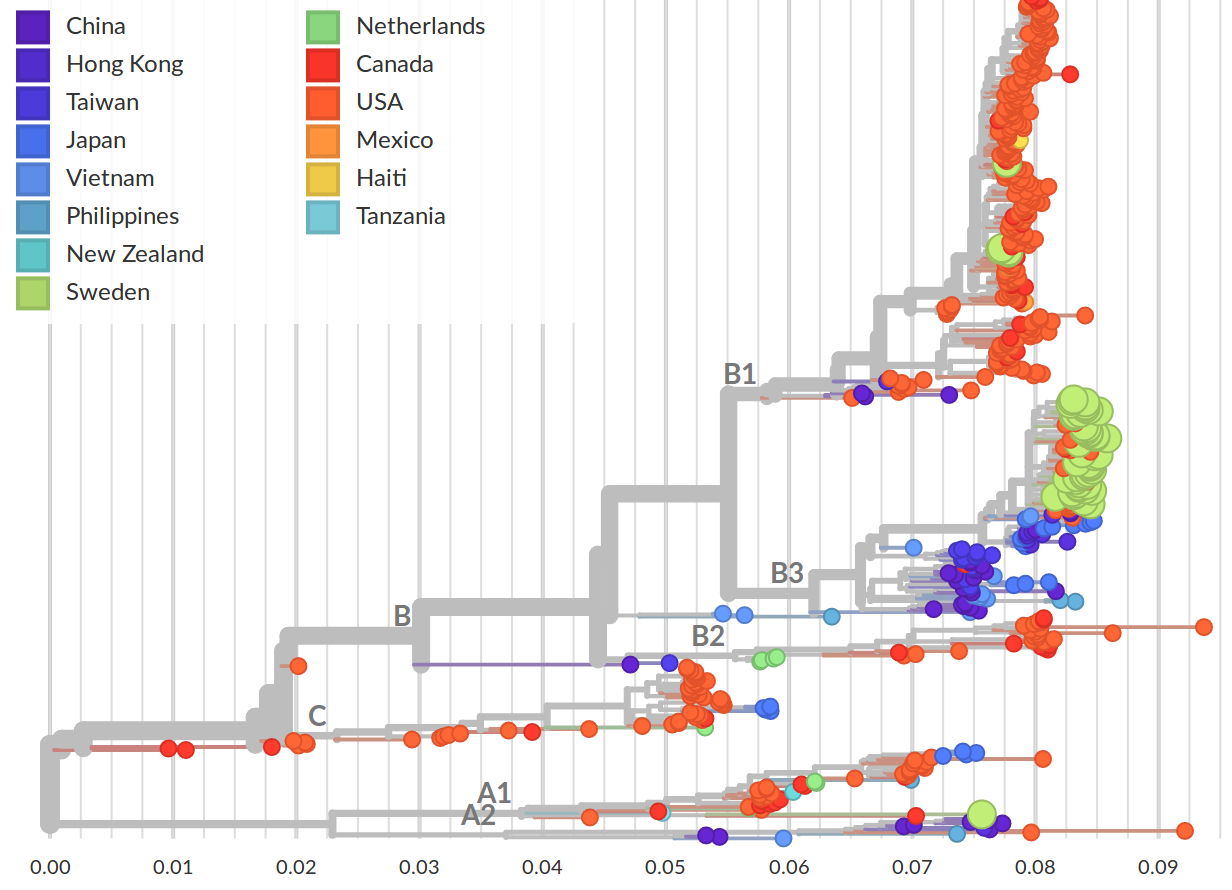
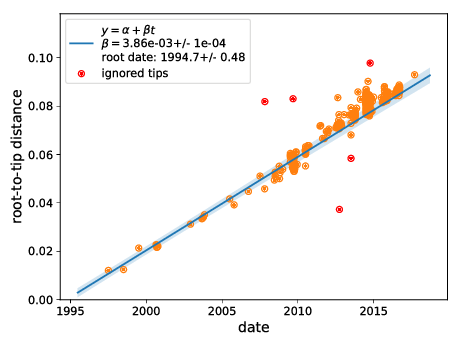
- EV-D68 outbreaks come from distinct clades.
- The evolutionary rate is very high -- a lot of power to study transmission chains
- Most variation is synonymous
Global evolutionary patterns
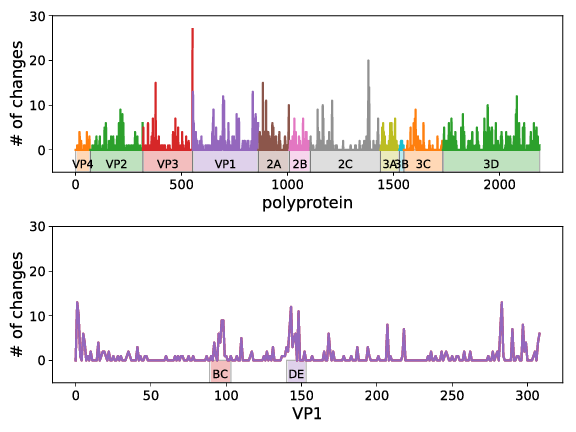
- Specific diversity clusters in VP3 and VP1
- Coincide with homologous epitopes in other enteroviruses
- But little evidence of escape between subclades
Whole genome deep sequencing of Enterovirus D68
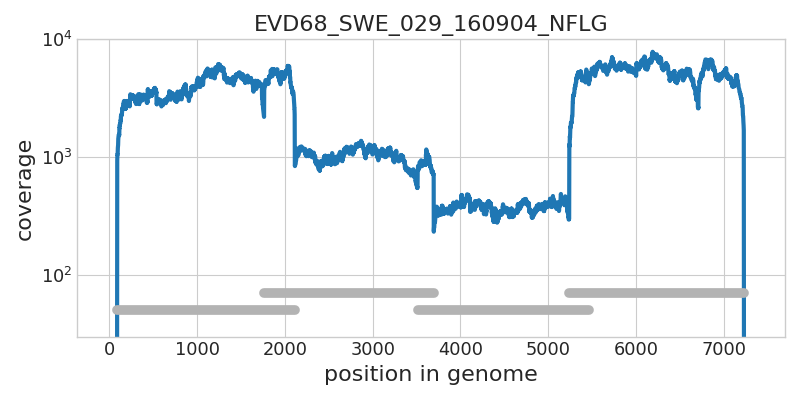
- Amplified in 4 overlapping segments
- Illumina sequenced to high coverage
iSNV frequency accuracy and sequencing errors
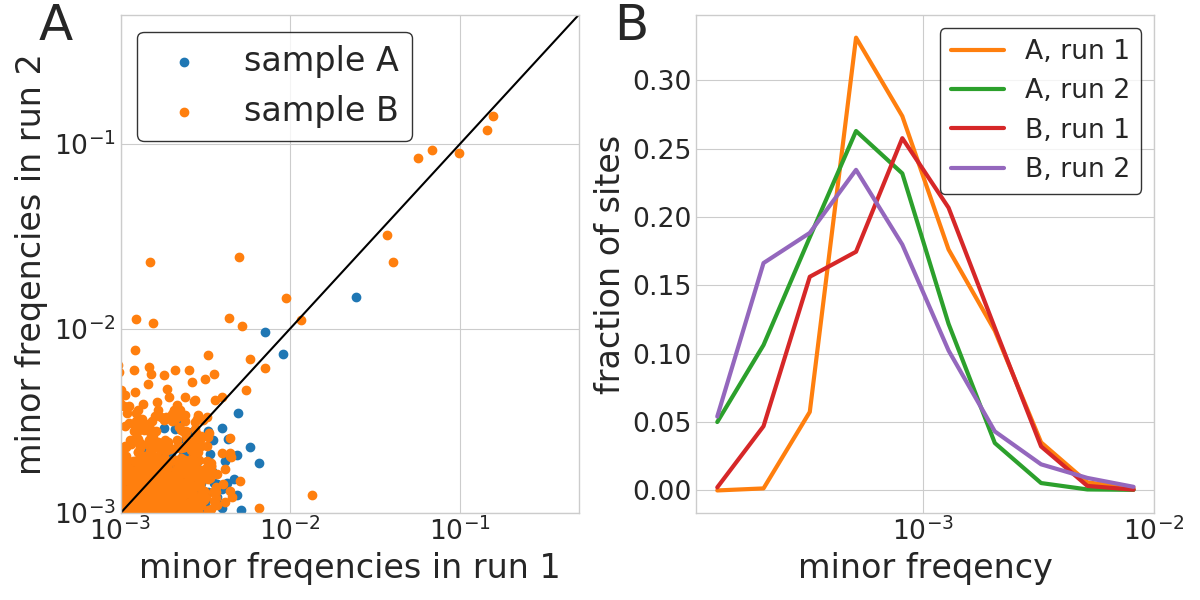
- iSNV frequencies reproducible above 1%
- background at around 1/1000
With-in host diversity
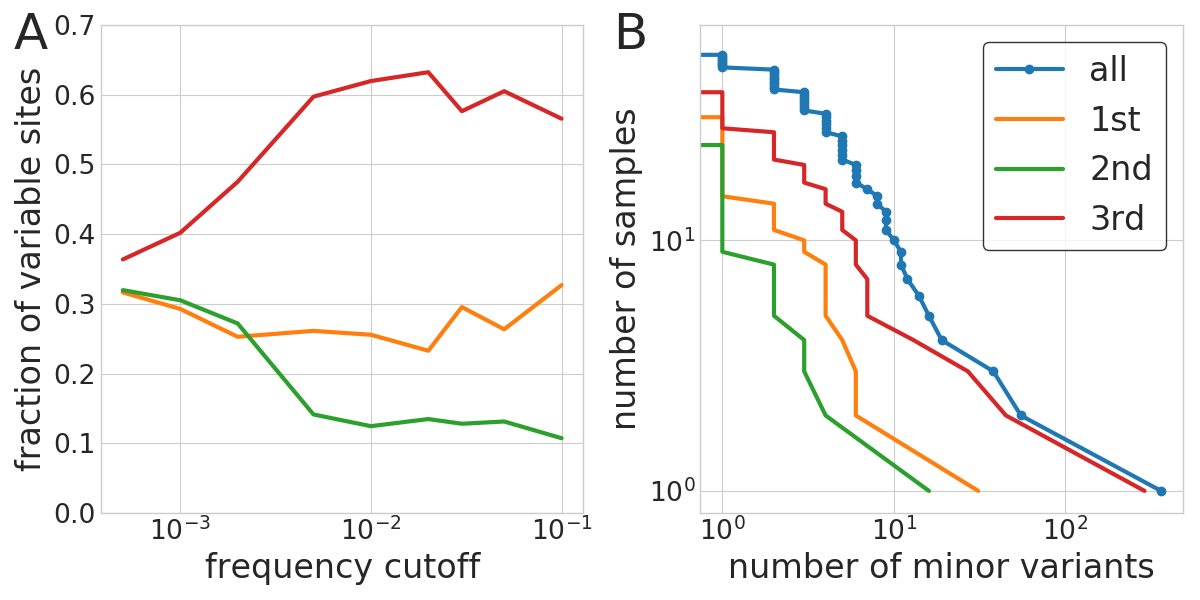
- Above 0.5%, iSNVs are biological
- Most samples have few iSNVs, three had more than 20
Dual infections

- A set of iSNVs at very similar frequencies in full linkage
- Suggest infection with two related variants
- 3 out of 50 samples: Implies high prevalence
Acknowledgments
- Robert Dyrdak
- Jan Albert
- Lina Thebo
- Emma Hodcroft

Acknowledgments






- Trevor Bedford
- Colin Megill
- Pavel Sagulenko
- Sidney Bell
- James Hadfield
- Wei Ding
- Emma Hodcroft
- Sanda Dejanic



